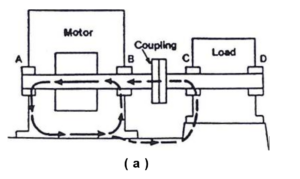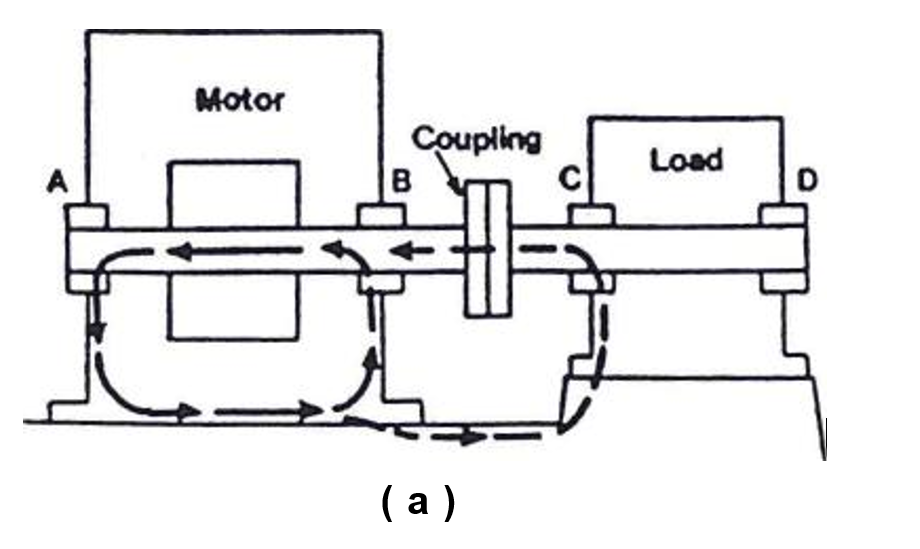What are Electric Motor Shaft Circulating Currents?
July 19, 2016
Shaft circulating currents are caused from “dissymmetries” in the magnetic paths through the stator and rotor iron. As the rotor rotates within the stator and as the stators magnetic field rotates, small differences in the magnetic “reluctance” of the core parts generate small voltages between the ends of the shaft.
As you can see from the above definition, shaft circulating currents are a function of the electric motor’s electrical design. This is why some manufacturers will design the motor with an insulated bearing; bearing housing or endbell. These particular designs are created to interrupt the closed path for circulating currents through the bearings to the grounded motor frame. These currents will jump across ball bearing gaps or intermittently break through sleeve bearing oil films. The result in ball bearings is electric arcing on the highly polished surface of the balls or races which causes early fatigue and failure. With sleeve bearings the shaft journals and or babbitt will be pitted. See diagrams below.


Figure (a) Normal motor with single shaft extension—Insulate bearing A to break current path (arrows) through entire circuit. If bearing B alone Is Insulated, current can still flow to damage bearings A and C. (b) For a double-shaft machine, Insulating bearing A and/or B will suffice in most cases.
NOTE: Shaft circulating currents can also be caused by a shaft becoming magnetized (i.e. magnet) from external sources such as welding, etc. There are also static electrical charges that can contribute to a shaft circulating current problem. As the shaft statically charges, then discharges through the bearings causing damage.
It is also worth noting that shaft circulating currents are becoming more popular in smaller horsepower electric motor’s due to the popularity of variable frequency drives. A variety of devices are now being utilized, such as the AEGIS Shaft Grounding Ring, which are manufactured and designed to help protect the motor’s themselves and disrupt the circulating currents.
Posted in Equipment Management
